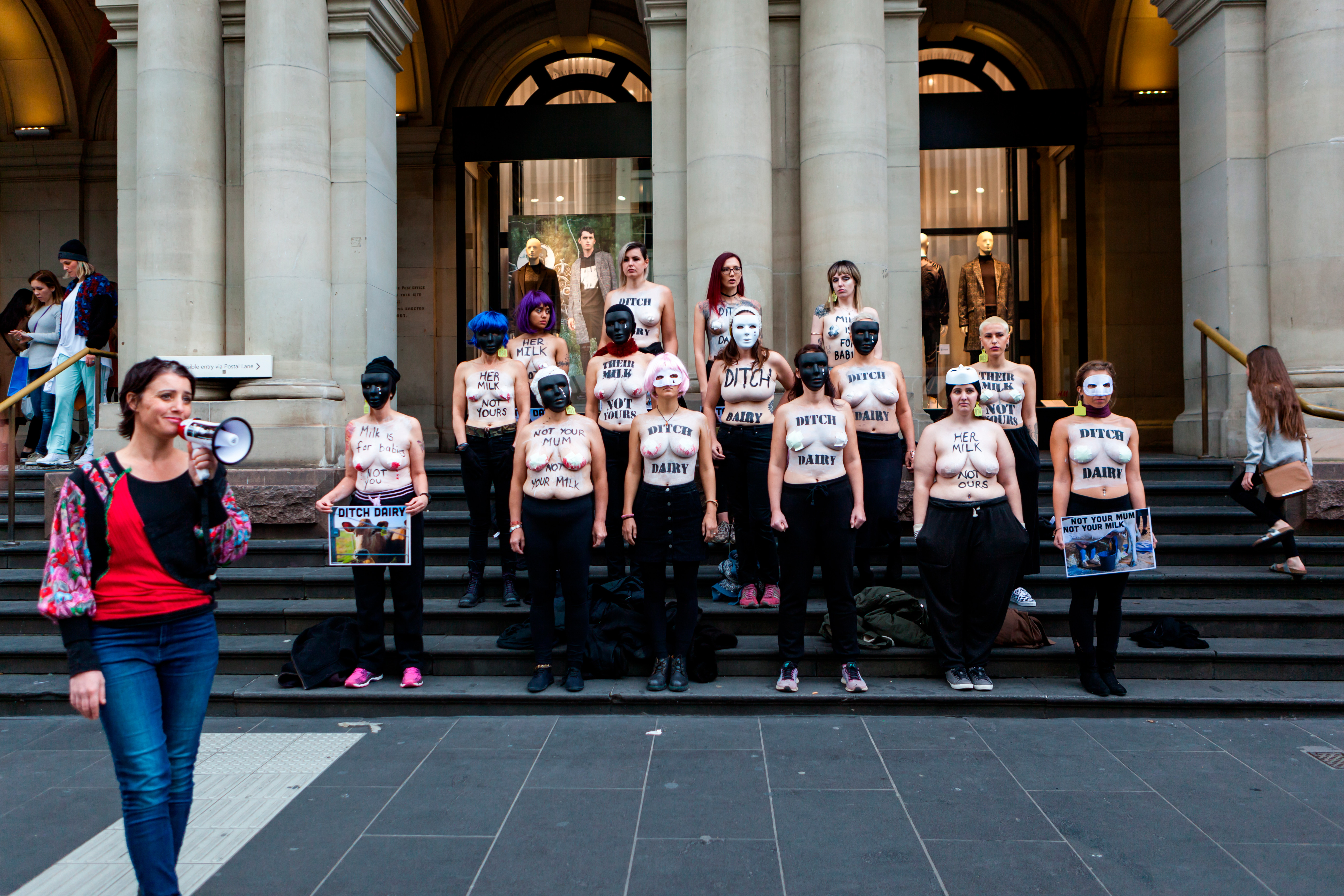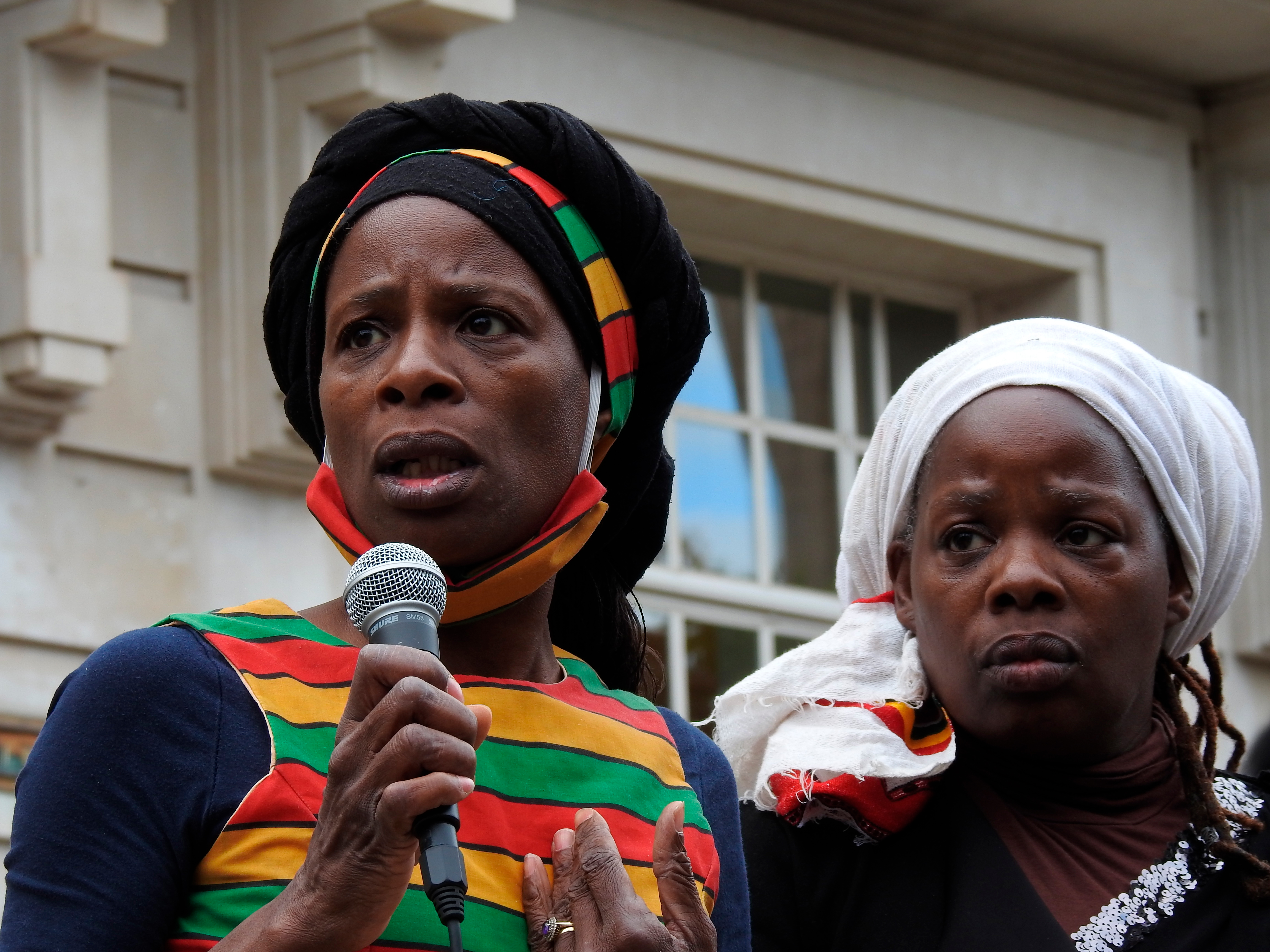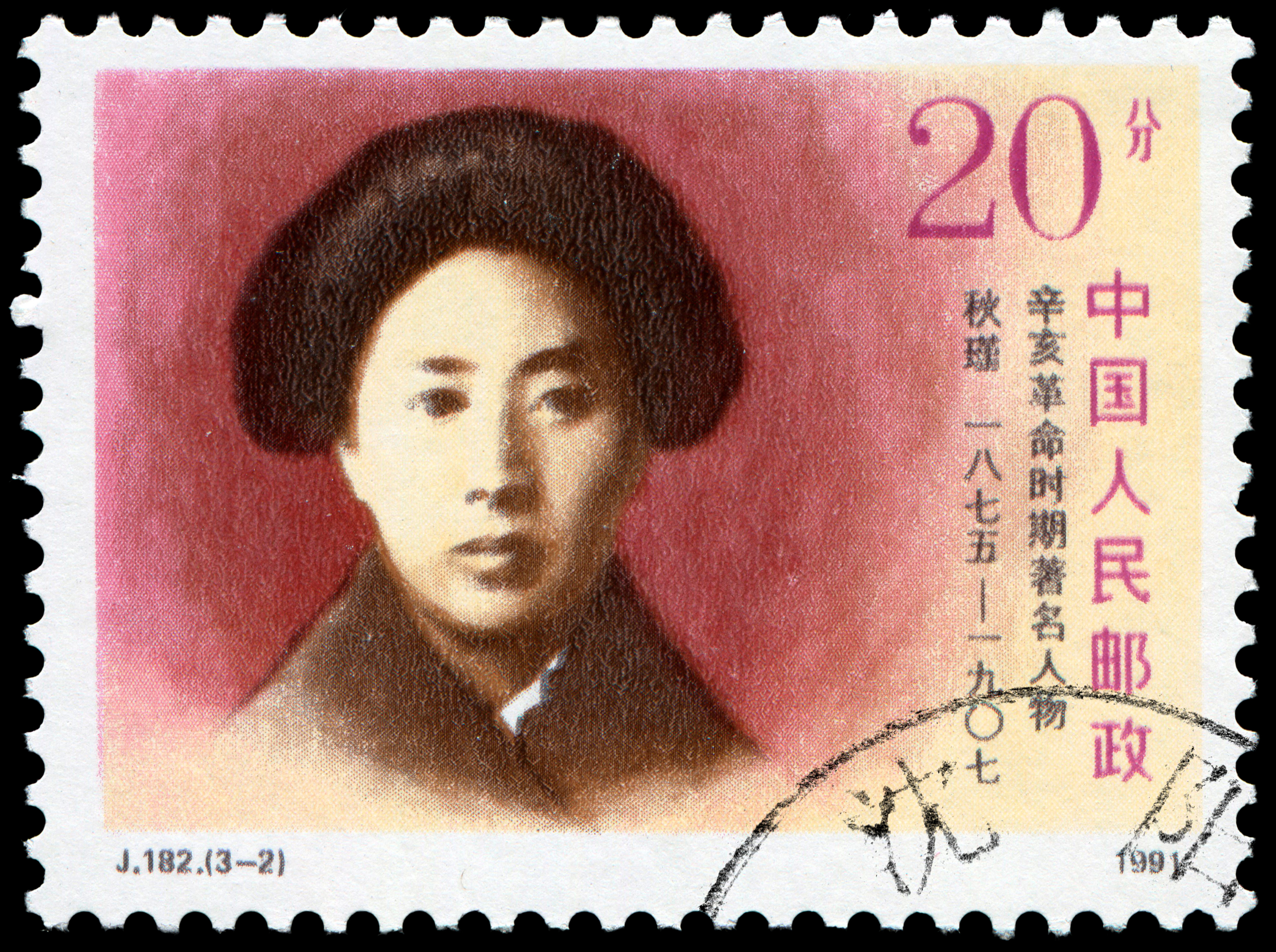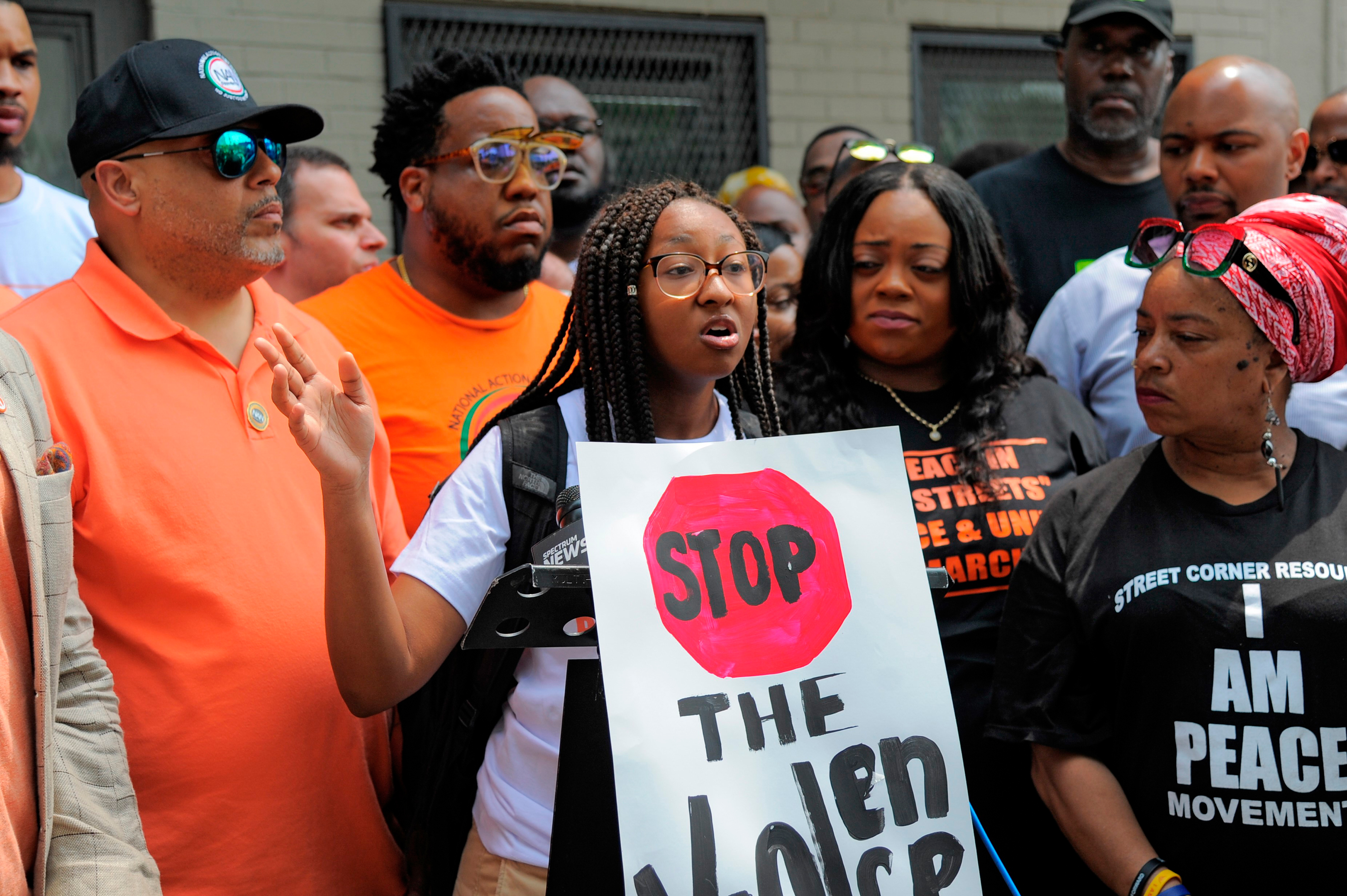Learning from the feminist past
Today’s activists have sometimes been ambivalent about the feminist past, so I’d like to ask: what is usable about feminist histories? How can we draw on the experiences of the past? How can we develop a rich relationship to the past that can help us infuse our contemporary problems and our contemporary activism? When activists look back to feminists of the past, they sometimes see a movement that, in their eyes, was too timid or too class-dominated by wealthy and educated women, too racist or too oriented around the concerns of the global north to have much significance to their struggles today.
There has been a repudiation of feminism of the past, but I want to suggest that there are important ways in which we should be looking back. One way is to see shared tactics over time. In my research, I’ve been fascinated by the returning to particular ways of fighting male violence and of resisting sexism and patriarchy.
Nakedness as a form of resistance
The tactic of stripping has been used by activists in different circumstances. One example is the anti-colonial activism of women in Nigeria against British occupation, where they stripped to confront troops and representatives of the Nigerian state in order to insult those men and to make their point that, as women, they had no respect for the imperial state. We can also see nakedness in women’s liberation marches in Australia: women stripping in front of the police to, again, show their lack of respect, their freedom, and finding an enormous sense of release in dumping conventional dress codes.
We can see nakedness in the 19th century abolitionist movement in the United States, where the famous African-American former slave Sojourner Truth bared her breasts at an abolitionist convention to say ‘Have I not suckled? Have I not worked? Ain’t I a woman?’ She used her nakedness, her breasts, to shame the onlookers around her right to also be recognised as a woman. We also see it in South Korean labour movement activism, where strikers sometimes stripped to resist the demands of their employers. Another example would be in neo-feminism, in the Ukrainian context, in the 21st century.
It’s fascinating that the same tactic has come up repeatedly all over the world. Understanding something of that history shows its resonances. It also shows the different kinds of meanings that women’s bodies have had and the different work it’s done within the feminist movement.
Conflict and pluralism
Looking back historically is valuable as it reminds us that conflict, pluralism and different interpretations of what feminism might mean are a constant of feminist history. That’s very important today when we look at some of the fraught debates. The access of trans women to women-only spaces, for example, is an enormously divisive issue for feminists. It would be wrong to see that as a paralysis of our movement today, because it’s no different in some ways from the enormous debates that there have been over feminist tactics and over who feminism is for and what feminism means in the past. That gives us, therefore, a way of seeing those debates as productive, as a way of moving on, as a way of elucidating our feminist priorities. Moreover, looking back into feminist history reminds us that issues around non-binary individuals and trans individuals are not particularly new. There have always been forms of subversion of the gender binary and individuals who don’t identify clearly with the gender of the sex that they’re assigned at birth, which helps us to historicise our contemporary debates around transgenderism.
Early intersectionality
The concept of intersectionality is absolutely central to thinking about feminisms today, but it’s a concept that, though it was coined in the late 1980s by Kimberlé Crenshaw, we can see very similar ideas appearing in earlier interventions by feminist scholars such as Patricia Hill Collins, who came up with the idea of the Matrix of Oppressions. Even earlier than that, Sojourner Truth, in her demand ‘Ain’t I a woman?’, brought out the idea that Black women’s existences needed to be recognised as part of the spectrum of women’s experiences and that feminism couldn’t just be oriented to the needs of white women. So we can see significant experiments with concepts that bear a resemblance to intersectionality over many years – over many centuries even – which helps us to root our contemporary debates in a richer and more interesting way. I’d like to think that the feminist past is usable, but I would also say its uses are likely to vary according to what people bring to it. The feminist past is broad enough and rich enough to be able to answer many people’s needs.
Problematic foremothers
When we look back to feminist foremothers such as the very significant Uruguayan activist Paulina Luisi, who was an absolute powerhouse of feminist organising in the Hispano-American movement in the early to mid-20th century, she seems a very inspiring figure. She encouraged women all across Latin America and Central America to broaden their feminism, to include questions of social justice, of land tenure and of state violence. She gave us a lot that we can use today. However, she was also a promoter of ideas that we would think of as eugenic or racist. She’s one of those feminists with a mixed legacy. I don’t, however, believe that just because she didn’t see the world as we might see it – and she had some views that we can be critical of – that we should wipe her out of the feminist canon. We need to keep our eyes open about ways in which the priorities of activists in the past don’t map very neatly onto our needs today. That doesn’t mean they don’t have important things to offer us.
Looking back to the suffrage struggle, we can see quite a few significant suffragists who were very famous in their era but who are now better known for values we don’t share today: someone like Carrie Chapman Catt, who was one of the most important headlining suffrage leaders of the American movement. She travelled all over the world and was a very important figure in trying to galvanise the global feminist movement. However, she did so largely with a mindset that was organised around North American leadership, around a kind of civilisational hierarchy that tended to put English-speaking women or European women at the top. She was often surprised when she discovered women who were active in countries where she wasn’t expecting it. When she went to China, for example, she was quite stunned to discover that Chinese women were taking a very active part in public life, that some Chinese women voted and that they were not the figures she had expected to see, with bound feet and submissive to men. Her orientalism infused her world view and set real limits on what she could do in the women’s movement. Nonetheless, we do need to recognise her vigour, her energy, her undoubted commitment to women’s rights and her achievement in pushing through women’s suffrage, which came to the United States in 1920.
Currently, there is a resurgent interest in feminism around the world. Feminisms are pluralising and richly developing, and the concept of intersectionality has allowed us to envisage a broader range of feminist positions. We have exciting prospects of Islamic feminisms, of Jewish feminisms and of Black feminisms that are showing us new ways of thinking. We’re seeing gender lose its hegemonic binary place, and we’re seeing women and non-binary individuals embrace the possibilities of not living life by the rulebook that we’ve been given.
This is a very exciting time for asking questions about gender justice, as well as what an alternative to capitalism might look like, what Black Lives Matter might mean, what a future in which women’s freedom from violence and abuse is. We have many new resources for taking on feminist debates: social media has allowed feminisms to flourish, to have exchanges across different kinds of borders and boundaries that previously might have divided us. Social media sometimes seems a toxic space, a space of fake news and misinformation and toxic masculinities, but it’s also a feminist space where we can see a lot of exciting organising. The future’s bright.



